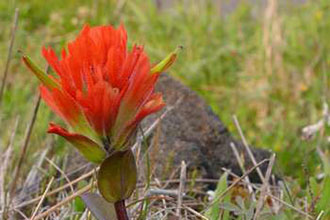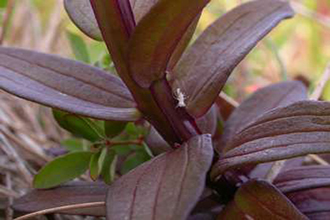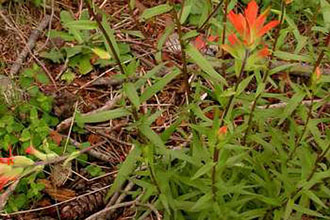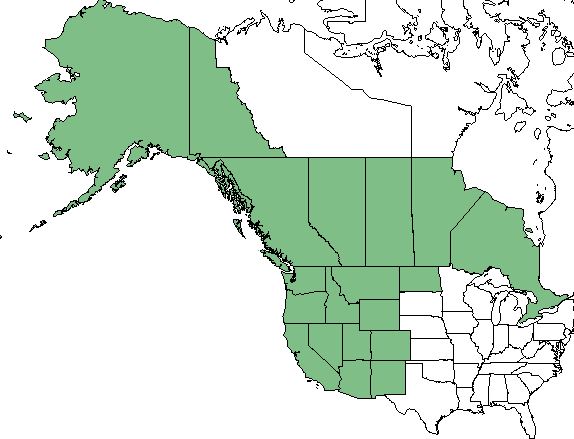E Flora of British Columbia
In Klinkenberg, Brian. (Editor) 2015. E-Flora BC: Electronic Atlas of the Plants of British Columbia [eflora.bc.ca]. Lab for Advanced Spatial Analysis, Department of Geography, University of British Columbia, Vancouver. [Accessed: 01/02/2017 10:19:57 AM ]
USDA Plants Database
USDA, NRCS. 2017. The PLANTS Database. National Plant Data Team, Greensboro, NC 27401-4901 USA.
Distribution Map photo credit
Jepson Flora Project
Margriet Wetherwax, T.I. Chuang & Lawrence R. Heckard 2017. Castilleja miniata, in Jepson Flora Project (eds.) 2017. Jepson eFlora, http://ucjeps.berkeley.edu/IJM.html, accessed on February 01, 2017.
Burke Museum of Natural History and Culture
Burke Museum. 2017. Castilleja miniata [Online]. University of Washington.
Photo credit: 2003,2004, Ben Legler,
Lady Bird Johnson Wildflower center
TWC Staff. 2015-12-02. Lady Bird Johnson Wildflower Center. The University of Texas at Austin.
Alkaloids From Castilleja miniate and Penstemon whippleaanus, Two Host Species for the Plume Moth
McCoy, J. W., & Stermitz, F. R. (1983). Alkaloids from Castilleja miniata and Penstemon whippleanus, two host species for the plume moth, Amblyptilia (Platyptilia) pica. Journal of Natural Products, 46(6), 902-907.
Ualberta.ca
Gould, K., Wood, S., & Smreciu, A. (2013). Castilleja miniata: common red paintbrush, giant red Indian paintbrush, scarlet paintbrush.



